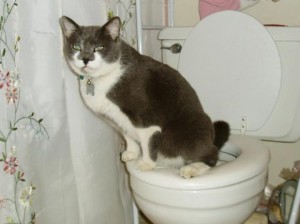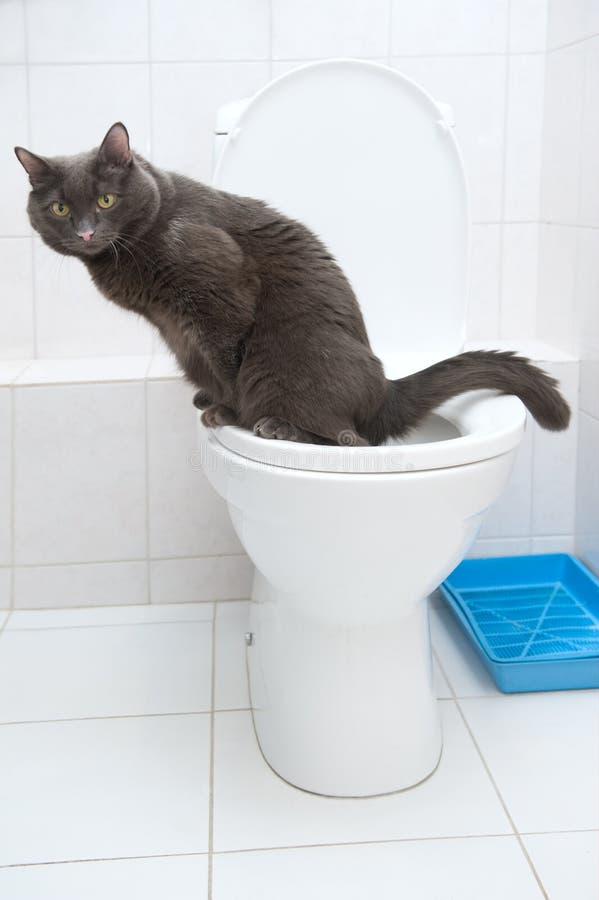Almost everyone has their own rationale involving 4 Reasons Why Dog Poop Cleanup is Important.

When it involves dealing with waste, especially animal waste, many individuals commonly turn to the hassle-free alternative of flushing it down the toilet. However, this seemingly simple service can have major repercussions for the environment and public health. In this short article, we'll explore why flushing pet waste down the commode is a negative idea and offer alternative techniques for correct disposal.
Intro
Appropriate waste disposal is crucial for preserving ecological sustainability and public health. While it might appear safe to purge animal waste down the commode, it can lead to numerous problems, both for the environment and human well-being.
Dangers of flushing animal waste
Ecological influence
Flushing pet waste presents unsafe bacteria and virus right into rivers, which can adversely impact marine ecological communities. These microorganisms can infect water resources and harm marine life, disrupting fragile ecosystems.
Public health problems
Animal waste contains dangerous bacteria such as E. coli and Salmonella, which can position major health threats to human beings. Purging pet waste down the commode can contaminate water materials, causing the spread of illness and infections.
Alternatives to flushing
As opposed to flushing animal waste down the commode, there are several alternate disposal approaches that are much more eco-friendly and sanitary.
Composting
Composting pet waste is an environment-friendly means to take care of it. By composting, organic matter is broken down into nutrient-rich dirt, which can be made use of to fertilize gardens and plants.
Garbage dump disposal
Dealing with animal waste in a garbage dump is an additional alternative. While not as environmentally friendly as composting, it is a safer option to flushing, as it protects against the contamination of water sources.
Family pet waste disposal systems
There are specific pet dog waste disposal systems available that safely and hygienically throw away pet waste. These systems usually utilize enzymes to break down waste and eliminate odors.
Actions to correct animal garbage disposal
To make sure appropriate disposal of pet waste, adhere to these steps:
Scooping and getting waste
Regularly scoop and bag animal waste making use of eco-friendly bags. This stops waste from polluting the environment.
Utilizing assigned waste bins
Dispose of bagged pet waste in designated waste containers, such as garden compost bins or garbage dump containers. Stay clear of flushing it down the commode in any way expenses.
Cleansing litter boxes and family pet areas on a regular basis
Consistently clean can and pet areas to avoid the buildup of waste and bacteria. Use pet-safe cleansing items to keep health.
Advantages of appropriate disposal approaches
Adopting correct disposal methods for animal waste supplies several advantages:
Reduced environmental pollution
Proper disposal techniques reduce the threat of environmental pollution, protecting waterways and communities from contamination
Minimized risk of water contamination.
By preventing flushing pet waste down the toilet, the threat of water contamination is considerably decreased, securing public health.
Enhanced cleanliness and hygiene
Proper disposal methods promote far better hygiene and hygiene, producing a more secure atmosphere for both people and pets.
Final thought
Finally, flushing pet waste down the commode is damaging to the setting and public health. By taking on different disposal techniques and following proper waste monitoring methods, we can minimize the adverse effect of animal waste and contribute to a cleaner, healthier earth.
What To Do With Dog Poo – The Do's And Don'ts Of Disposing Of Faeces
Dog poo bins
Some councils provide dedicated dog waste bins in popular dog-walking areas that can take dog poo that has been bagged but you can legally dispose of dog waste in any public litter bin, as long as it is securely bagged. This also applies to your wheelie bin at home.
Do not flush
Water companies do not recommend flushing dog faeces down the toilet because certain parasites can survive the water processing treatment and are potentially harmful to humans. You should also never consider flushing dog poo that has been bagged down the toilet as the bags will not break down and instead create severe blockages in the sewage system.
In the woods
The Forestry Commission promotes a ‘stick and flick’ method for dealing with waste in the woods. This means finding a stick and using it to flick any poo from off the path so that it is out of the way of other walkers. You could also bury it as long as it is not in an area where there might be livestock.
Livestock
Parasites found in dog poo can be transmitted to livestock if they inadvertently eat infected faeces that has been left on grazing land. This could result in the death of sheep or abortion in cattle so you should always make sure you pick up your dog’s waste in fields where livestock could be present.

Consistently clean can and pet areas to avoid the buildup of waste and bacteria. Use pet-safe cleansing items to keep health.
Advantages of appropriate disposal approaches
Adopting correct disposal methods for animal waste supplies several advantages:
Reduced environmental pollution
Proper disposal techniques reduce the threat of environmental pollution, protecting waterways and communities from contamination
Minimized risk of water contamination.
By preventing flushing pet waste down the toilet, the threat of water contamination is considerably decreased, securing public health.
Enhanced cleanliness and hygiene
Proper disposal methods promote far better hygiene and hygiene, producing a more secure atmosphere for both people and pets.
Final thought
Finally, flushing pet waste down the commode is damaging to the setting and public health. By taking on different disposal techniques and following proper waste monitoring methods, we can minimize the adverse effect of animal waste and contribute to a cleaner, healthier earth.
What To Do With Dog Poo – The Do's And Don'ts Of Disposing Of Faeces
Dog poo bins
Some councils provide dedicated dog waste bins in popular dog-walking areas that can take dog poo that has been bagged but you can legally dispose of dog waste in any public litter bin, as long as it is securely bagged. This also applies to your wheelie bin at home.
Do not flush
Water companies do not recommend flushing dog faeces down the toilet because certain parasites can survive the water processing treatment and are potentially harmful to humans. You should also never consider flushing dog poo that has been bagged down the toilet as the bags will not break down and instead create severe blockages in the sewage system.
In the woods
The Forestry Commission promotes a ‘stick and flick’ method for dealing with waste in the woods. This means finding a stick and using it to flick any poo from off the path so that it is out of the way of other walkers. You could also bury it as long as it is not in an area where there might be livestock.
Livestock
Parasites found in dog poo can be transmitted to livestock if they inadvertently eat infected faeces that has been left on grazing land. This could result in the death of sheep or abortion in cattle so you should always make sure you pick up your dog’s waste in fields where livestock could be present.

I found that content on 4 Reasons Why Dog Poop Cleanup is Important while surfing around the search engines. Sharing is nice. Helping people is fun. Bless you for your time. Kindly pay a visit to our website back soon.
Call